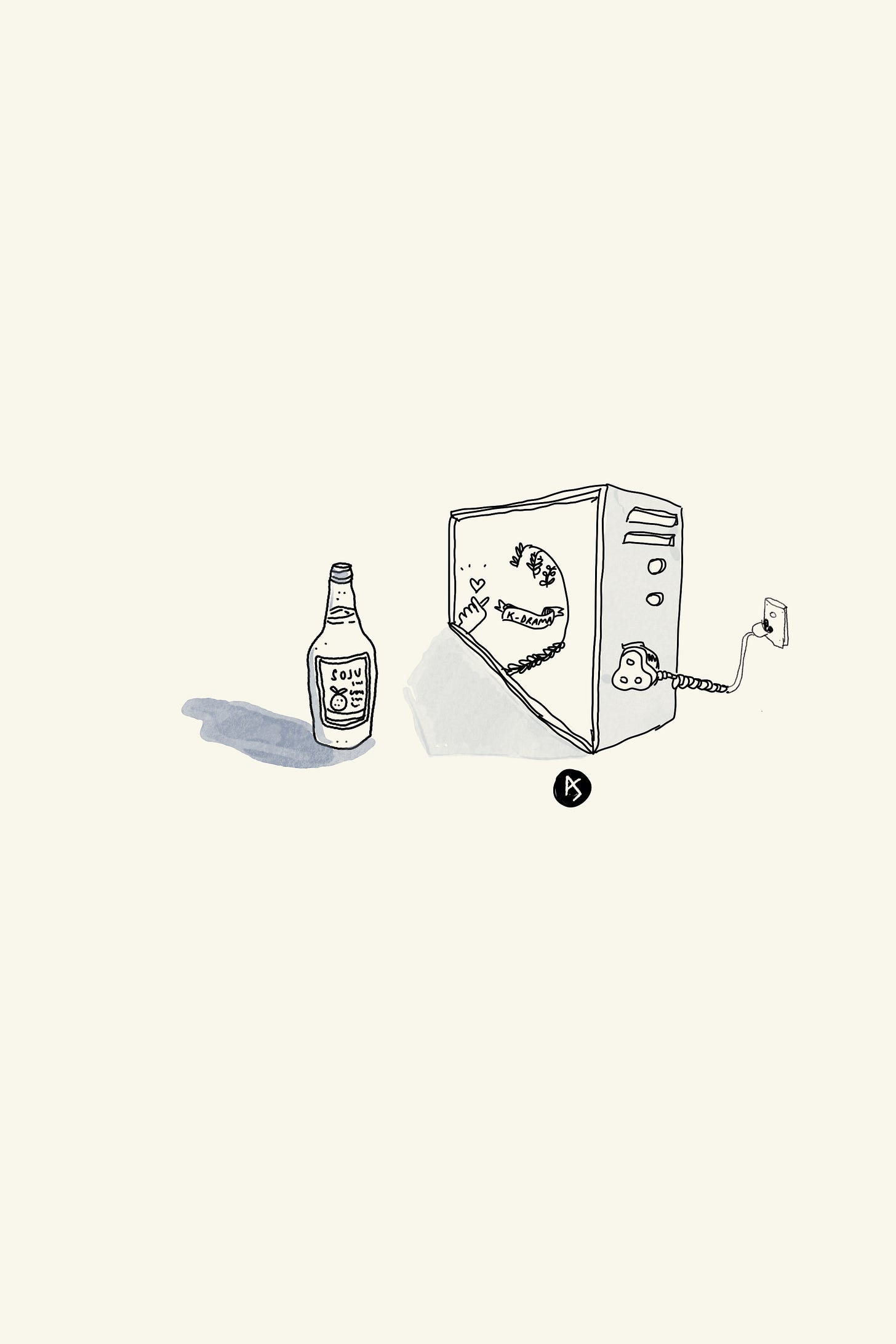Who would have thought that a drink seen on television dramas, in a foreign language from a country 5000 kms away, would become a popular bar order in India?
Of course, I am talking about Soju, the Korean drink that has started to capture the imagination and tastebuds of Indians. According to market forecasts from the website www.statista.com, the revenue from Soju sales in India is expected to be around US$353.5 million in 2024, and projected to grow annually by over 6%.
The pandemic saw a huge surge in the viewership of Korean dramas. According to Netflix India, in 2020, there was a 370% growth in the Indian viewership of Korean TV serials. The rise of the Hallyu or the Korean wave has led to an exponential increase in all Korean experiences in India ranging from barbeques, karaoke, food and of course alcohol i.e. Korean soju, as validated by the various events and pop-ups curated by the Korean Tourism Organization in different cities in India.
Follow any Korean dramas or K-dramas, as they are popularly called, and you will notice the ubiquitous bottle of soju in numerous scenes – good and bad, happy and sad.
Like any good drama on TV, these shows too have all the usual dopamine-inducing tropes – a group of colleagues heading to a karaoke bar (Hospital Playlist), colleagues meeting post work (Business Proposal), a couple watching the first snowfall (Crash Landing on You), a drink shared by father and son (Itaewon Class), the first kiss shared by the hero and heroine in Descendants of the Sun. What is common to all these scenes is a little green bottle of Soju.
Social media, an important driver
K-dramas celebrate soju and portray it as a fun social activity, showcasing the cultural rituals around the drink. There is a strong spirit of camaraderie around the bottle - it is seldom sipped in solitude or isolation.
The explosion of the internet and social media in India in recent years has only helped to create awareness and grow a fan base for Soju. @piyuchino and @iiiyukiiiiiii are only two examples of social media handles of Indians studying in South Korea who have now become social media influencers in their own right. Sherry’s K-Drama Club, a popular group on Facebook, started by model and influencer Sherry Shroff, has members not only sharing recommendations on what to watch and discussions of their favourite oppas, but also pictures of their TV dinners of Ramen and Soju. (Oppa is a flirty term of endearment for the popular male leads in K-dramas)
Soju is a clear and colourless Korean distilled alcoholic beverage, usually consumed neat. It is a vodka-like local drink produced by fermenting rice, wheat or barley, and sometimes even sweet potato or tapioca. The drink traces its origins to the 13th century when invading Mongols brought with them distillation techniques they had picked up in the Middle East.
A cursory internet search on Soju will show you that its alcohol content varies from about 12.9% to 53% alcohol by volume (ABV). However, it is the low alcohol soju, with ABV below 20%, that is most popular now. Jinro, South Korea's premium soju, is the world’s most consumed alcoholic beverage, selling over 65 million cases a year (this is the IWSR figure; Drinks International pegs it much higher at 71 million cases per annum). Jinro and other brands have now launched a number of fruity flavours too - blueberry, peach, strawberry, grapefruit - that have only added to the growing appeal of the drink.
All this writing about soju has me craving all things Korean. Time to say saranghaeyo (I love you) to soju and to head to Kofuku, Bandra for my favourite Tteokbokki with a refreshing side of soju. Care to join me?
Sources:
What will be the biggest cocktail trends of 2024?
Why Indians are fascinated by K-dramas
Korea Tourism Organization creates consumer initiatives to build India fan base




